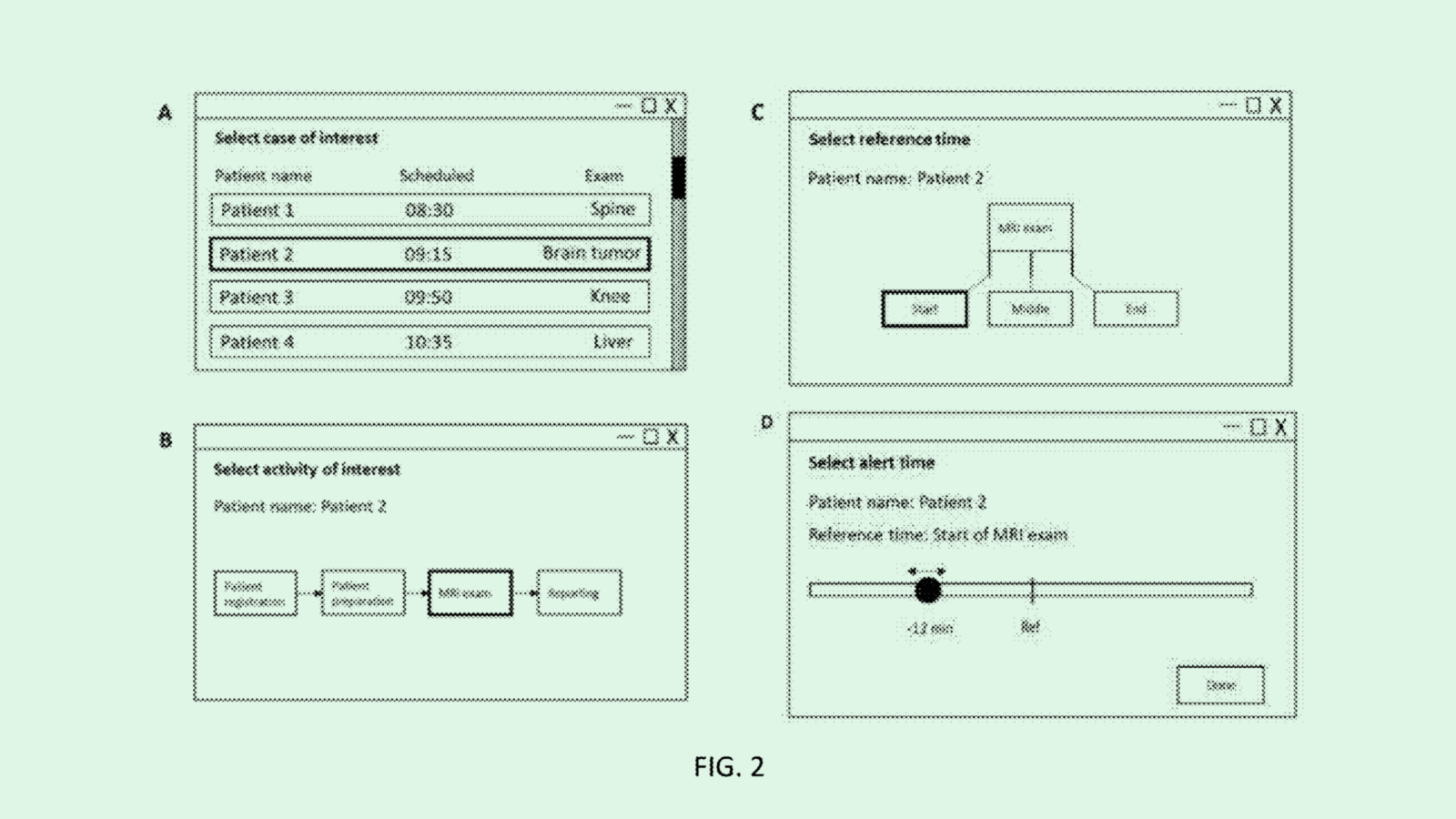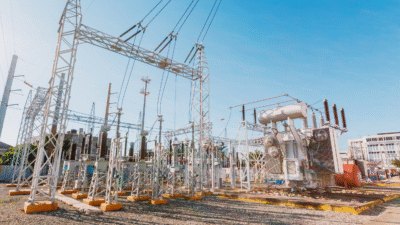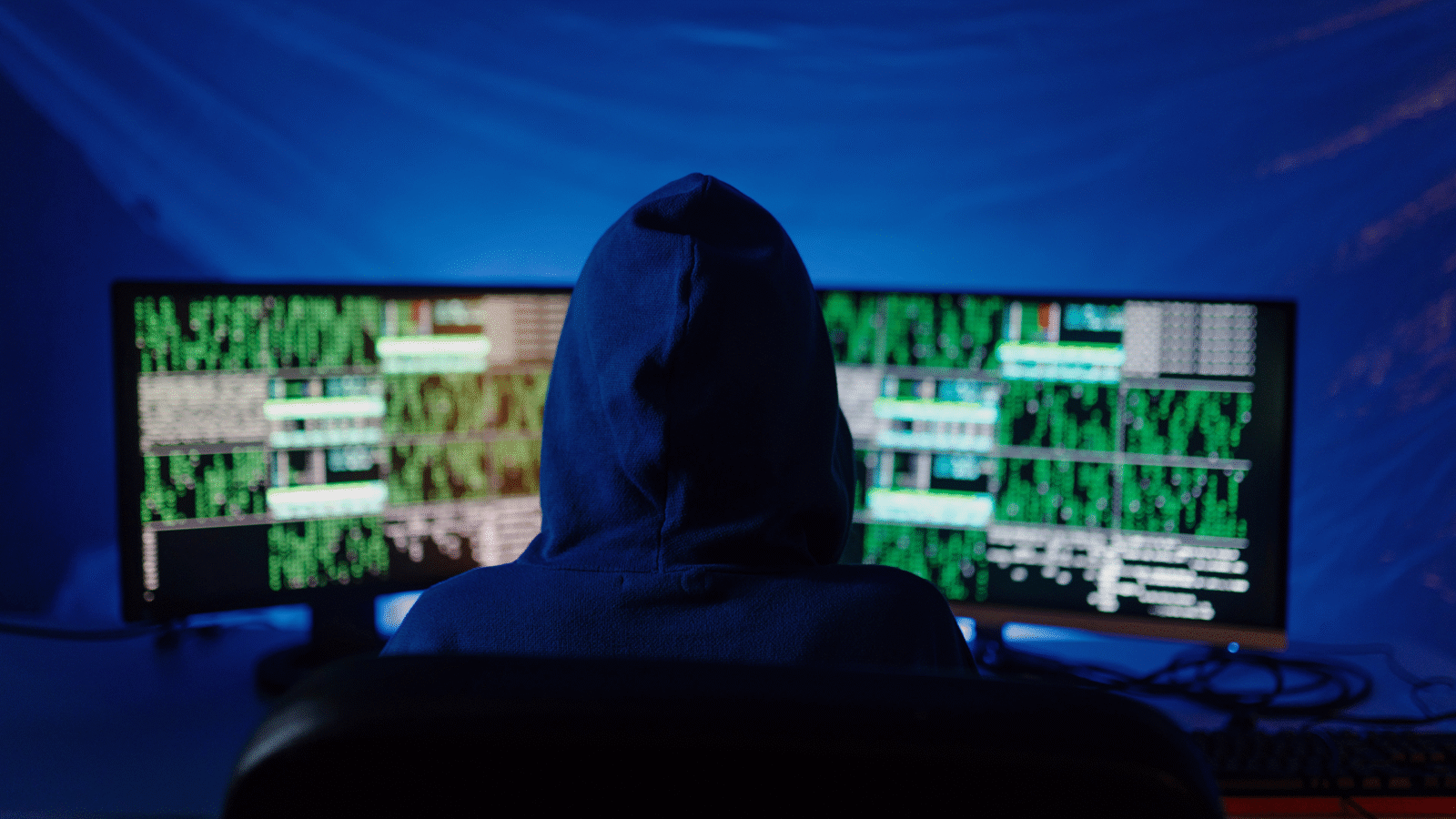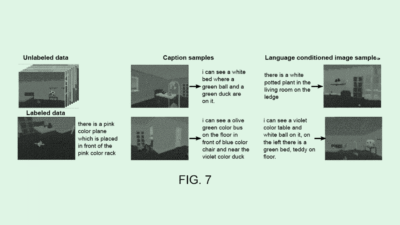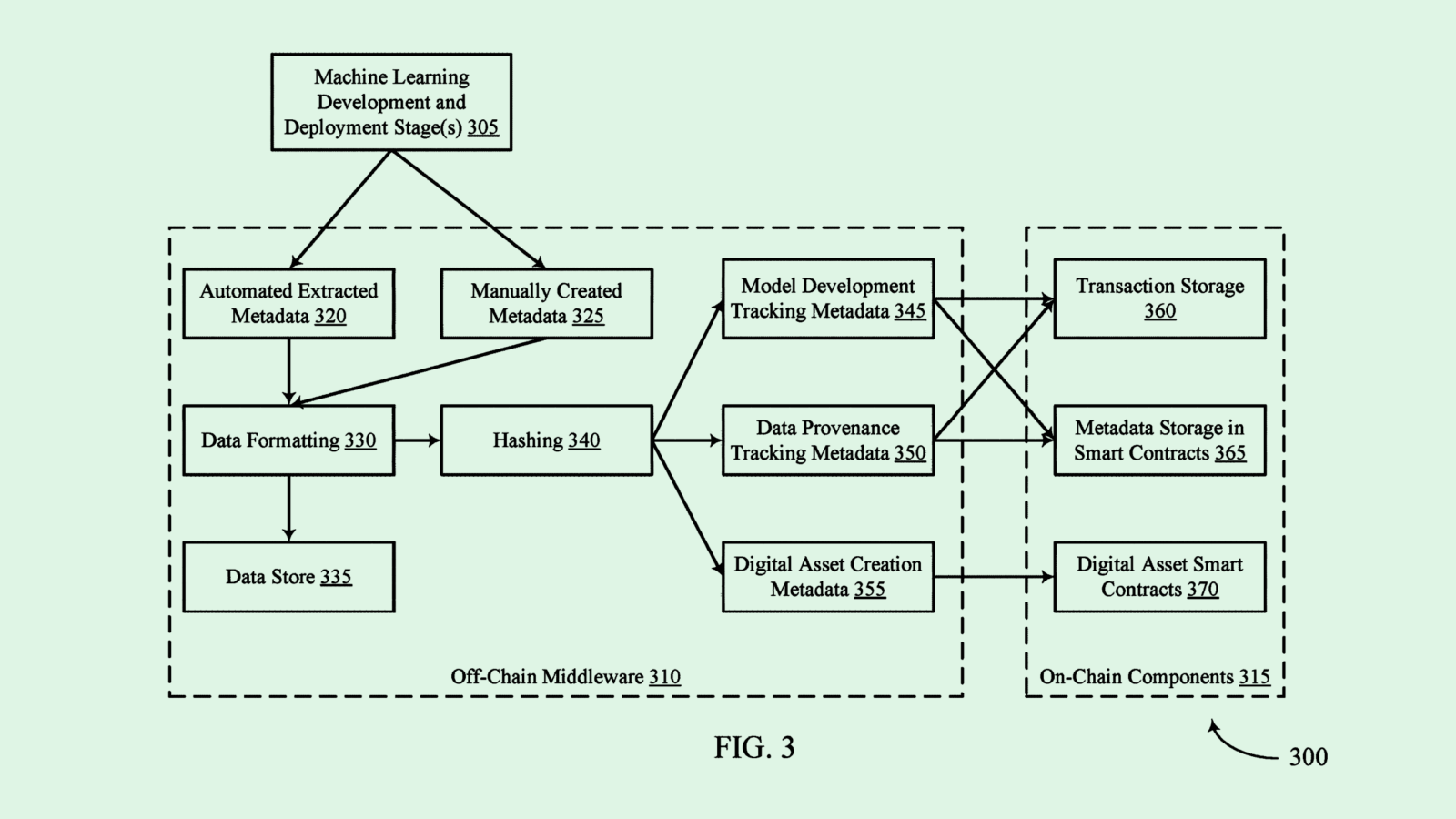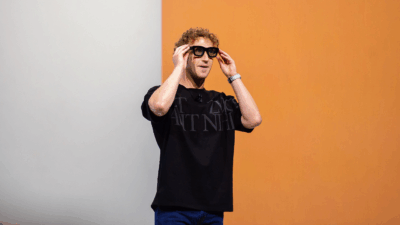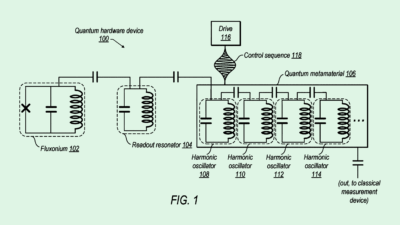What is the Point of a Humanoid Robot?
While these machines provide the “awe factor,” they may serve little purpose for enterprises, one expert said.
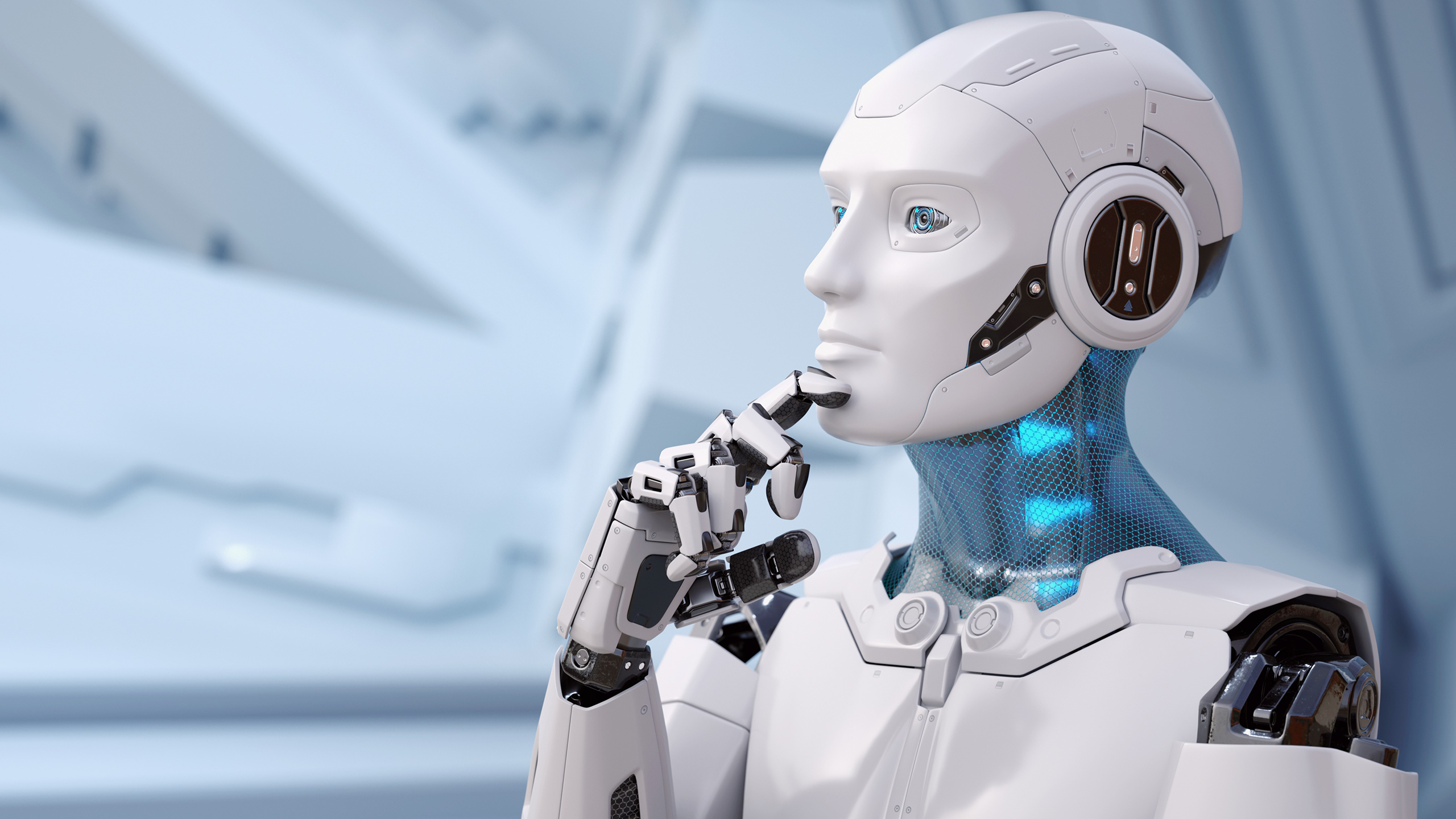
Sign up to get cutting-edge insights and deep dives into innovation and technology trends impacting CIOs and IT leaders.
With all the implementations of AI that have bubbled up over the past year, humanoid robotics has caught a lot of attention.
Both startups and tech giants have thrown their hats into the ring, seeing the opportunity for these machines to serve as physical assistants, companions and stand-ins to do the things humans simply don’t want to do.
In the Big Tech camp, Tesla has long had high hopes for its Optimus robot, with CEO Elon Musk claiming that the company aims to build 10,000 robots this year. And at CES, Nvidia’s Jensen Huang showed off its Isaac GR00T Blueprint for training these machines, targeting the industrial and manufacturing sectors. Apple is also reportedly exploring humanoid robotics, according to Apple analyst Ming-Chi Kuo.
- Among startups, Figure AI has made tons of headlines: The firm entered a deal with OpenAI last year which it exited last week to focus on a “major breakthrough” with its own in-house AI. Founder Brett Adcock said in an X post that the firm intends to reveal “in the next 30 days something no one has ever seen on a humanoid.”
- The company raised $675 million last year at a valuation of $2.6 billion from investors including Nvidia, Microsoft, OpenAI and Amazon founder Jeff Bezos.
But for enterprises, there may not be too many use cases for a robot in the shape of a human, said Rhonda Dibachi, CEO at manufacturing-as-a-service company HeyScottie. While the manufacturing and industrial space is ripe for robotic innovation, “The potential market for a humanoid robot in the enterprise is a very small portion,” she said.
The “awe factor” of these robots may increase adoption and inflate the market, Dibachi said, getting enterprises, manufacturers and investors excited about the prospect of increased automation in factories. “The robot walking around is going to be much more impressive to investors than a robot slotting letters.”
But in manufacturing settings, anything extraneous only serves to drive up costs for the enterprise and create additional safety hazards if something goes wrong. “A robot should be built for the purpose that it’s supposed to serve,” said Dibachi. “There’s no reason why a warehousing and logistics robot has two arms.”
That said, the market for these devices could be a more “general purpose” one, said Dibachi, such as retail settings or general companionship. (The general purpose market is one that both Figure and Tesla are squarely targeting.)
But safety remains a huge barrier for all uses of robotics, said Dibachi, one that’s especially difficult to overcome for AI robots that are “non-deterministic,” or have unpredictable decision-making.
“I think it will be very difficult to fast-track any kind of truly autonomous AI – any kind of general purpose installation,” she said.
